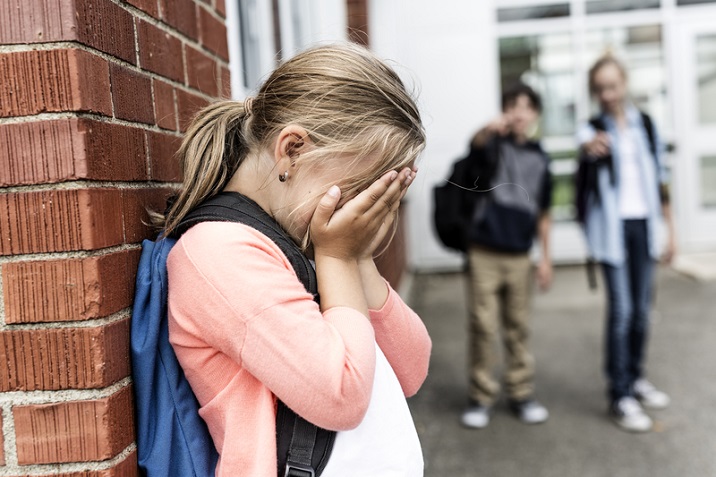
- Classroom Management Tutorial
- Classroom Mngmt - Home
- Classroom Mngmt - Introduction
- Levels of Classrooms
- Behavioral Problems
- Non-Behavioral Factors
- Tackling Behavioral Problems
- Creating Positive Learning Environment
- Escalating a Problem
- Identifying Strengths & Weakness
- Kaizen Techniques
- Judge Your Progress
- Classroom Management Resources
- Classroom Mngmt - Quick Guide
- Classroom Mngmt - Resources
- Classroom Mngmt - Discussion
Behavioral Problems
Students with behavioral problems disturb other students and impede overall learning in the class. Before you control and remedy their actions you need to identify the most common behavioral problems in students.
Lack of Concentration
Some students find it difficult to concentrate on teaching and related activities going on in the class. If you want to dig deeper into the behavior of these restless students, here are some of the common reasons −
Lack of sleep − Children need 2 to 4 hours of more sleep than an adult to achieve same levels of concentration. On an average a school going child should sleep anywhere between 9 and 11 hours every day, including night time sleep and day time nap.
Stressful environment at home − This could be because of any of the parent not being there or argument between parents or other elder family members. The emotional stress makes a child listless and hence she is not able to concentrate in class or otherwise.
Unhealthy food habits − Eating lots of junk food (read empty calories) and lack of nutrients in the body make the child inattentive, and she finds it difficult to concentrate in the class.
Medical condition − Lack of concentration in a student could be due to medical conditions like hormonal imbalance and ADHD (Attention Deficit Hyperactivity Disorder). If you are not able lay hands on the reason behind a child’s behavioral issues, consider advising the parents to consult a child specialist.

Disruptive Behaviour
Any action carried out with the sole purpose of challenging the authority of the teacher is called disruptive behavior. The most common forms of disruptive behavior are −
- Talking during teaching
- Making loud noises
- Arguing without any reason
- Yawning loudly
- Passing notes to friends
- Verbal abuse or foul language
- Entering class after teaching has started
- Asking permission for bathroom breaks
As a teacher you must remember that many of these behaviors could be shown by any child, based solely on need rather than with an intention to disrupt the class. You need to observe patterns in behavior over a period of time, usually not more than 3-4 classes, to identify the disruptive students of your class.
Most often the students show disruptive behavior to attract the teacher’s attention, win friends’ admiration or just for the fun of it. For an effective remedy you need to identify the reason behind such behavior and get rid of the root cause rather than simply scolding or punishing the child.
Class Bullies
As per the dictionary, a bully is a person who uses strength or influence to harm or intimidate others who are weaker. Every class has its own bullies and you must have come across them in your class.
Here are some of the common reasons why students take to bullying −
- To feel a sense of power over classmates
- To enjoy the attention they get after the incident
- For fun
- To show that they are growing up
- They don’t like their victim
- To enhance social status within the peer group
Bullying leaves a lifelong emotional scar on the victim. As a teacher it is your responsibility to stop bullying in your class. Put a stop to it the moment you notice, irrespective of what you are doing or what the class is doing. If you let it go – just for that time – it sends a message to the bullies that they can get away with it. This unhealthy situation that can prove an obstacle to your classroom management as well as emotional and academic growth of your students.
